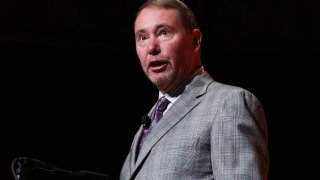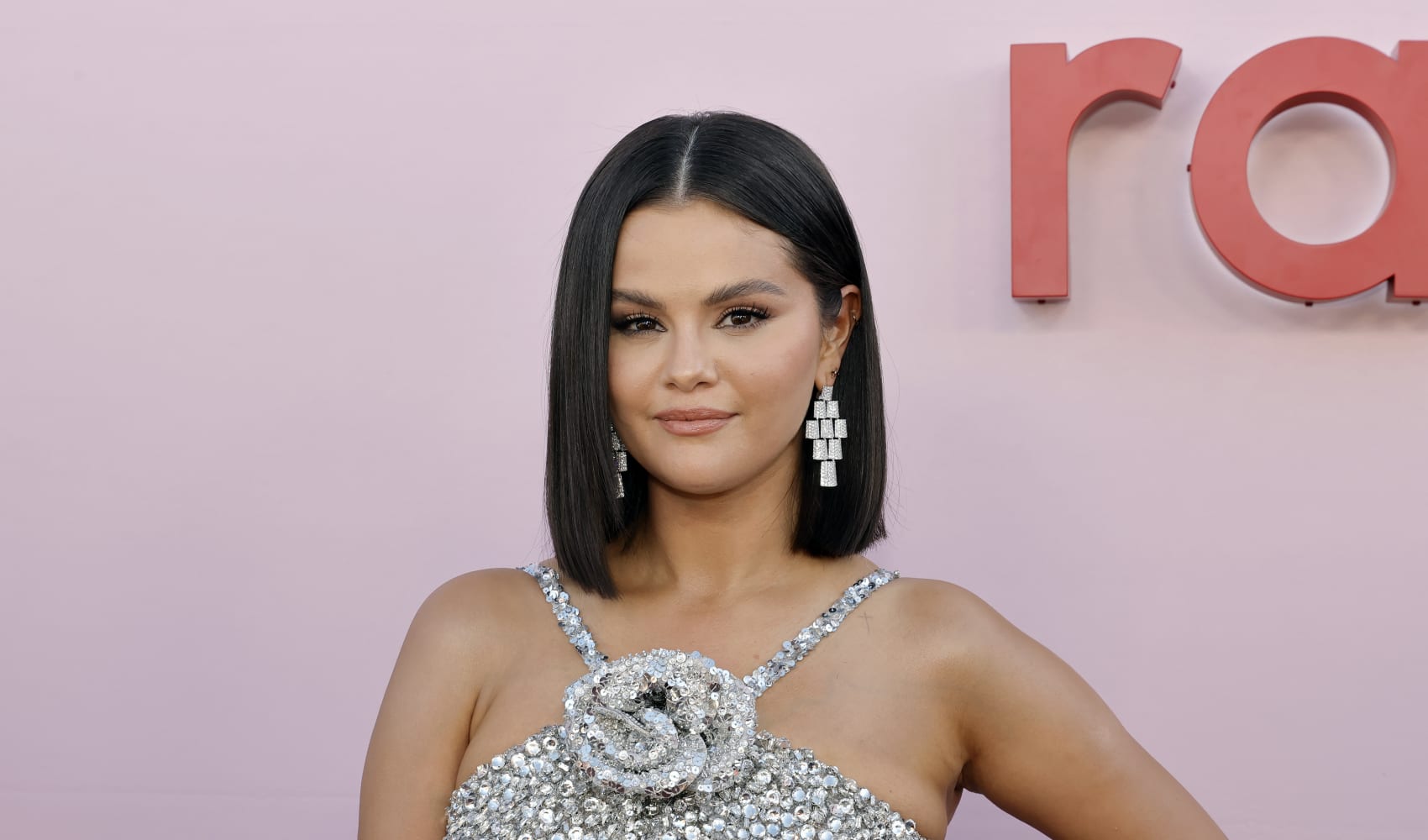
DoubleLine Capital CEO Jeffrey Gundlach said the Federal Reserve should ease the pace of rate hikes as the economy is on the brink of a recession.
"The Fed should've done more earlier," Gundlach said in an interview on CNBC's "Closing Bell: Overtime." "The monetary policy has lags that are long and variable. But we've been tightening now for a while. And the impact of these tightenings is going to cumulate into a recession. … I do think the Fed should be slowing down on these rate hikes."
The Fed on Wednesday raised benchmark interest rates by another three-quarters of a percentage point to a range of 3%-3.25%, the highest since early 2008. The central bank also signaled that will raise rates as high as 4.6% in 2023 before the central bank stops its fight against soaring inflation.
Feeling out of the loop? We'll catch you up on the Chicago news you need to know. Sign up for the weekly Chicago Catch-Up newsletter here.
"I don't think they are going to be able to pull that off," Gundlach said on the Fed's forecast to hike rates to 4.4% by the end of 2022. "I think the economy is going to be showing signs of weakening."
The series of big rate hikes are expected to slow down the economy. The Summary of Economic Projections from the Fed showed the unemployment rate is estimated to rise to 4.4% by next year from its current 3.7%. Meanwhile, GDP growth is forecast to slump to just 0.2% for 2022.
"I do think the unemployment rate is going to go up and I do think we're headed to a recession, and I think the Fed should have pasted this differently," Gundlach said. "But now they're so committed to this 2% that I think the odds of a recession in 2023 are very high. I mean, I would put them at 75%."
Money Report
The so-called bond king added that the inverted yield curve is "truly flashing red for economic problems." The yield curve inverts when shorter-term Treasury rates rise above longer-term yields. Many economists view the 2-year to 10-year part of the yield curve as more predictive of a potential recession.
The 2-year to 10-year curve first inverted March 31, then reverted to positive before inverting again briefly in June. That part of the curve has stayed inverted since early July.






